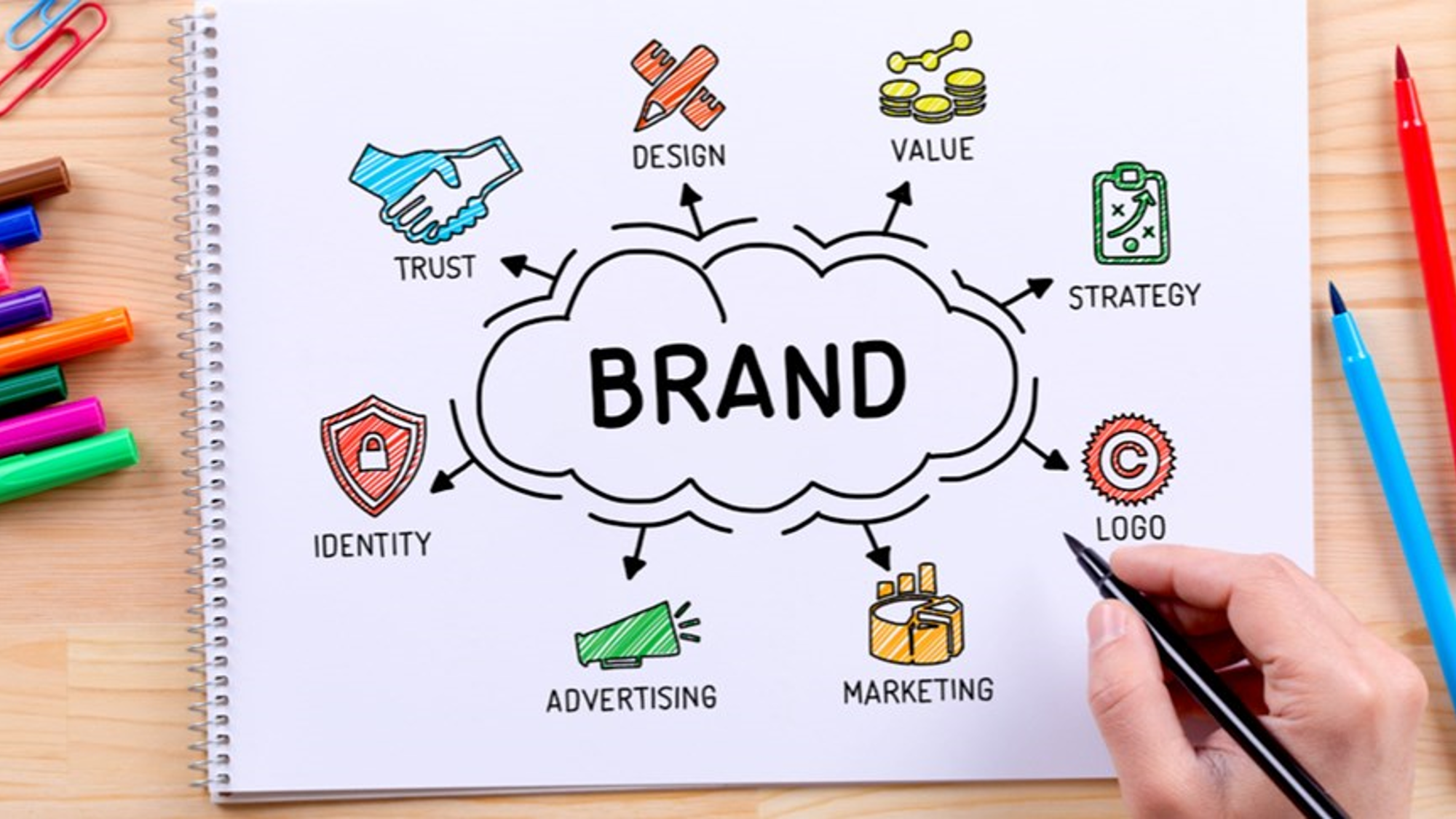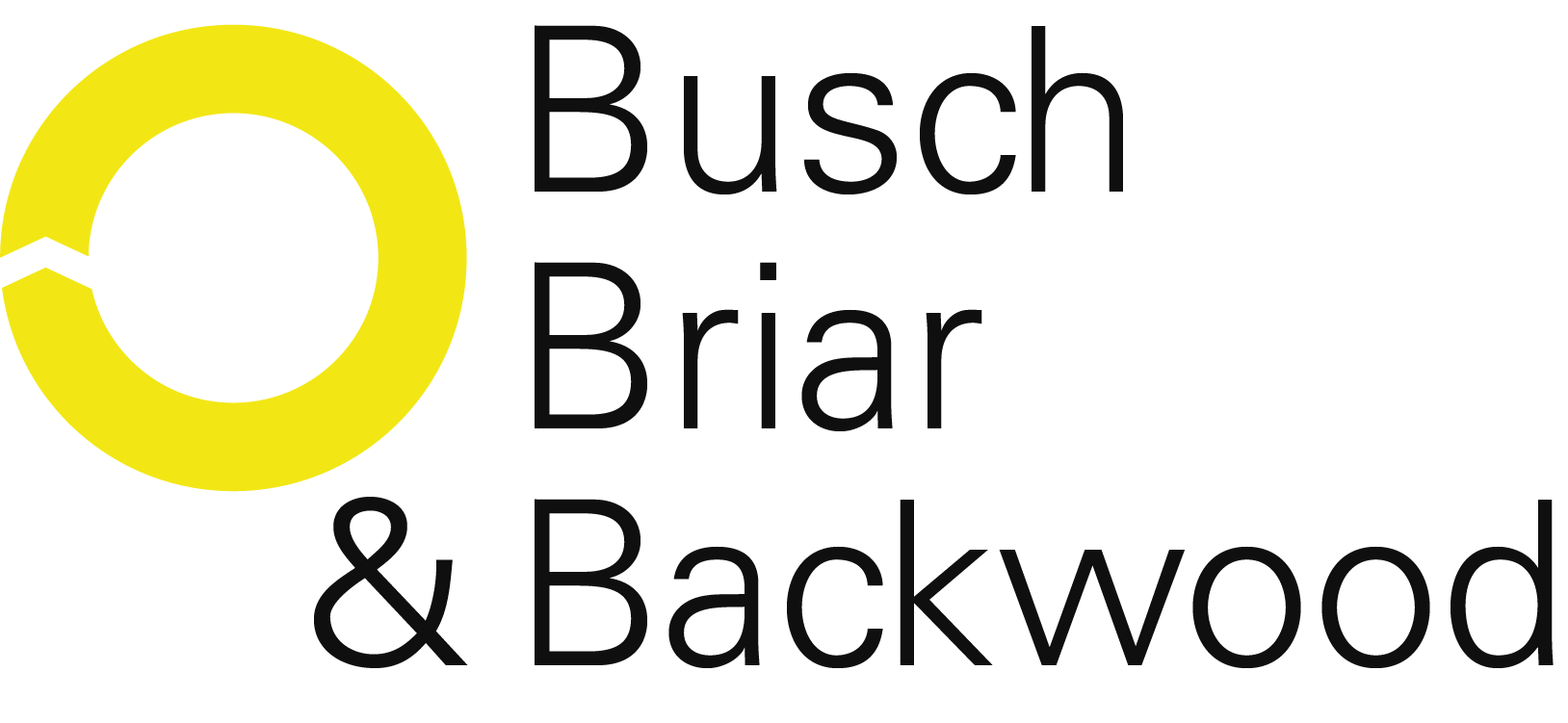
In their quest for the holy grail – rendering tailored brand experiences to individual customers – brands seem to have made a strong shift in focus to short-term, ROI-driven communication. Smart move? Shareholders, lured by dividend payments, will no doubt nod their heads in approval. However, is there also a (long-term) downside? Yes, I think there is.
Propulsion engine for short-term consumer activation
Nowadays, customer experience is the talk of the town. “Thank God”, I’d say. It’s about time brands start to think about putting the customer first. And put their money where their mouth is. High tide for marketing automation vendors who are rubbing their hands. Their stories about marketing automation being THE solution for creating the long-last customer experience seems to resonate. As brands are considering investments – or have already started implementations – on a large scale. Still, with a strong

focus on personalized activation capabilities, enabled by marketing automation software, marketers’ focus seems to have shifted towards short-term ROI. Where the importance of building and maintaining brand communication seems to be subject to inflation. Remarkable, because your brand is what really sets you apart from your competition.
I have to confess, I don’t take folks too seriously when they try to capture the noble art of marketing in a formula, so I plead guilty committing the same crime for the purpose of emphasizing my point: that adding strong branded communication to the equation will create a potential multiplier in customer experience.

Marketing automation
If you are up for rendering a seamless, omnichannel customer experience, an indispensable part of your toolkit is an automated marketing infrastructure. This enables you to run campaigns and event-driven communication utilizing a combination of customer touchpoints such as email, in-app push, social, and web pages. Marketing automation.
Even so, if your competitor would have exactly the same ‘toolkit’ implemented, automated marketing is no more than a hygiene factor. Something that people just expect or even demand these days. It is the brand behind the marketing automation machinery that creates distinctive competence.
Artificial intelligence
Adding artificial intelligence to the marketing automation game, predictive algorithms will help you lift your marketing from a personalized to an individualized level. Behavior from the past is the basis for anticipating likely behavior in the future. That will enable you to give your customers the feeling of a personal treatment based on past in-store and online purchases, clicks, complaints, recommendations, and social shares.
A crucial factor to turn AI into an advantage is to hire or hook-up with experts who know how to deal with large amounts of behavioral data. And who know their way around data crunching, and slicing and dicing to extract meaningful insights. Or tweak and train existing predictive models to work for a specific vertical or type of business – all to generate meaningful insights as an input for later use in campaigns and data-driven communication.
Consumer activation
With your marketing automation and artificial intelligence in place, you are all set to give your customers the best experience possible. At least, in theory. Nevertheless, what you see these days, is that next-best actions are generally of the product promotion kind. Not exactly a perfect customer experience if you ask me. This is like pushing you to buy that neat dress shirt,

after having just bought a couple of them a few days ago. Or charities ‘begging’ for a higher contribution when you’ve been a donor for quite some years, spending a fair amount already. Among other things, customer experience is about receiving invites for special events. Getting special treatments free of charge because you’re good for an average yearly spend of €650. Or a brand asking you for expert input for a new product or service they are planning to launch.
Another effect of marketing automation-based, AI-driven consumer activations is, in general, that campaigns turn into look-a-likes. Where you won’t see a difference when you compare 10 random brands. Whereas your brand and brand story is what is making your customers stick.
Brand as your differentiator
The DNA of your brand is unique. If there is one single asset that has the potential to help you stand out from the competition, it’s your brand. So, if you want to add extra emotion, and a distinct look and feel to your marketing automation, then add your brand to the customer experience equation. Turn mediocre ‘me-too’ level communication into a true customer experience. It only takes a sharp definition of your brand, including brand ideal and brand values. With that in place, you have a blueprint for everything you say and do as an organization. No matter if it concerns the campaigns you’re running, ongoing communication, or how your

employees behave at any given customer touchpoint – both digital and in the physical world. To cut a long story short: marketing automation and AI open the door to new opportunities in brand engagement and customer experience. But without that unique branded look & feel, your automated marketing campaigns just feel the same as those of your competitors. Adding branded communication to the equation will help you create a unique customer experience at any given touchpoint. And as a consequence benefit from improved marketing ROI and business results.
This blog was previously published on cxworld
